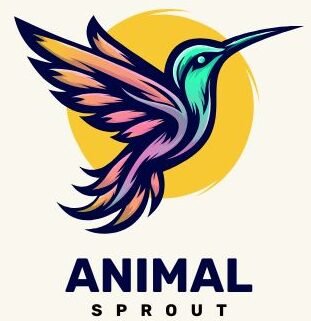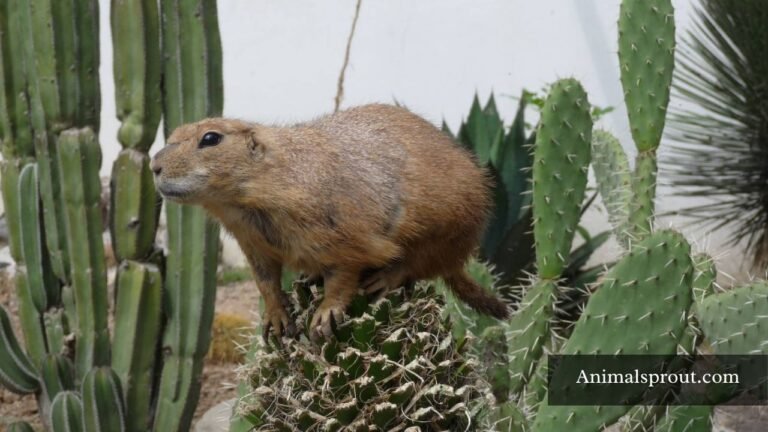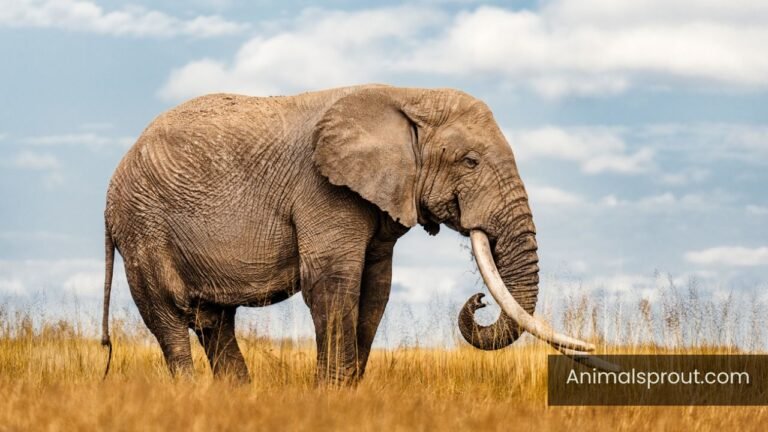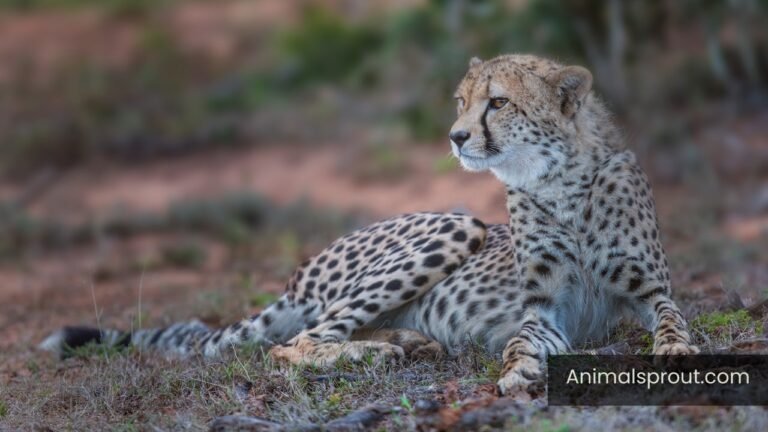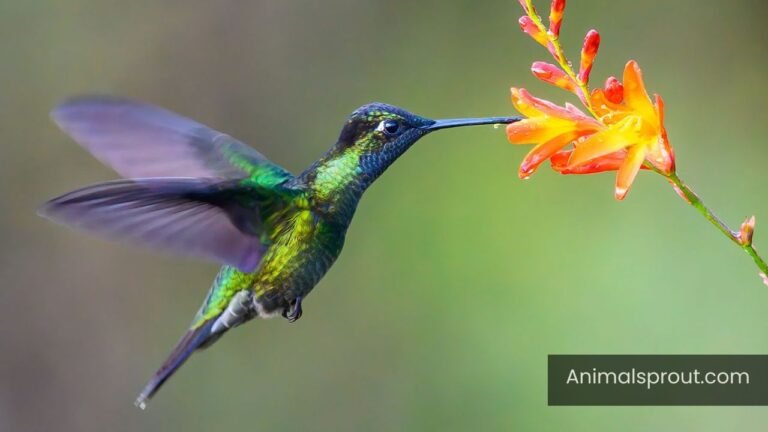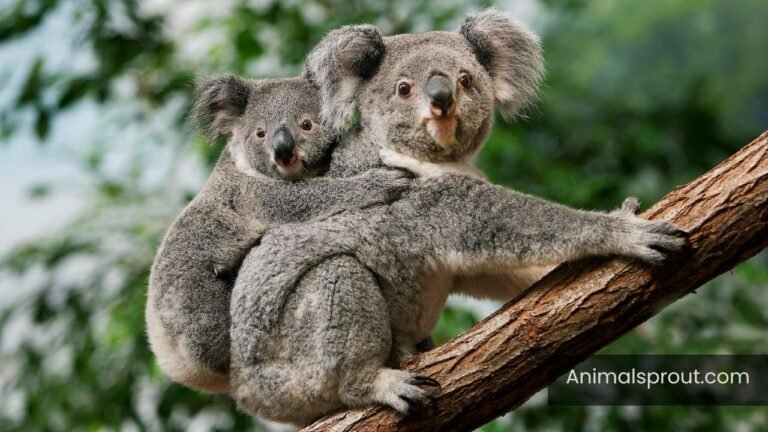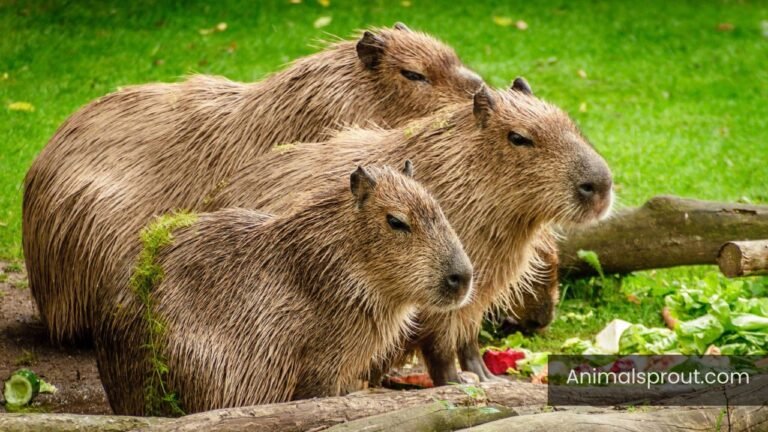Explore Top 12 Animals That Live in Fields (With Pictures)
Did you know that fields are home to a diverse array of wildlife, many of which play crucial roles in our ecosystem? In this article, we’ll explore the fascinating animals that live in fields, from the charming field mice to the majestic deer. Understanding these creatures not only enhances our appreciation for nature but also highlights their importance in maintaining ecological balance. Join us as we delve into the lives of these field-dwelling animals and discover how they contribute to our world.
List Of Animals That Live in Fields
Here is the list of animals that live in fields:
| Number Of Animals | Names Of Animals |
| 1 | Field Mice |
| 2 | Foxes |
| 3 | Opossums |
| 4 | Raccoons |
| 5 | Rabbits |
| 6 | Deer |
| 7 | Groundhogs |
| 8 | Squirrels |
| 9 | Skunks |
| 10 | Moles |
| 11 | Chipmunks |
| 12 | Turkeys |
Field Mice
Scientific Name: Apodemus sylvaticus
Class: Mammalia
Diet: Omnivore
Field mice, often overlooked in the vast tapestry of wildlife, play a crucial role in maintaining the ecological balance of grasslands and meadows. These small mammals are not just a source of food for predators; they are also vital seed dispersers. As they scurry through the underbrush, their foraging habits help propagate various plant species, ensuring that the fields remain vibrant and diverse. Their burrowing activities aerate the soil, promoting healthier plant growth and contributing to the overall health of the ecosystem.

Beyond their ecological significance, field mice display fascinating social behaviors that often go unnoticed. Living in complex family groups, they communicate through a range of vocalizations and scents, showcasing a level of social interaction that rivals that of more charismatic species.
Foxes
Scientific Name: Vulpes
Class: Mammalia
Diet: Omnivore
In the sprawling fields where tall grasses sway and wildflowers bloom, foxes emerge as cunning inhabitants that embody both grace and adaptability. These agile creatures, often cloaked in shades of russet and cream, possess a remarkable ability to navigate diverse terrains, making them not only masters of their environment but also symbols of resilience. Their keen senses allow them to hunt small mammals, birds, and insects, showcasing an impressive array of hunting techniques that range from stealthy ambushes to playful pouncing.
What sets foxes apart is their social structure; they are known for their intelligence and playful behavior, often engaging in complex social interactions within family groups. This social dynamic not only aids in cooperative hunting but also fosters strong bonds among kin.
Opossums
Scientific Name: Didelphidae
Class: Mammalia
Diet: Omnivore
Opossums are often overlooked in the grand tapestry of field life, yet they play a vital role in maintaining ecological balance. As nature’s sanitation engineers, these marsupials feast on pests like ticks, rodents, and even carrion, effectively keeping populations in check. One fascinating aspect of their behavior is their unique defense mechanism: when threatened, opossums can feign death, entering a state of apparent rigor mortis for several hours. This not only deters predators but also highlights their remarkable ability to adapt and survive in diverse environments.

In fields, opossums thrive under cover of night, making them primarily nocturnal scavengers. Their prehensile tails and opposable thumbs allow them to navigate the terrain with surprising agility, foraging for food while avoiding potential dangers. Moreover, their low body temperature makes them resistant to diseases like rabies, showcasing their resilience in a world where many animals fall victim to such threats.
Raccoons
Scientific Name: Procyon lotor
Class: Mammalia
Diet: Omnivore
Raccoons, often seen as urban mischief-makers, have a surprising affinity for fields and meadows. These adaptable creatures thrive in environments where they can forage for food and explore their surroundings. Fields provide an abundance of insects, fruits, and small rodents, making them a perfect hunting ground. Their dexterous front paws allow raccoons to rummage through the underbrush with impressive skill, uncovering hidden treasures that many other animals might overlook.
What’s particularly fascinating about raccoons is their intelligence. Known for their problem-solving abilities, these animals can navigate complex environments and even manipulate objects to access food. In fields, they utilize their keen sense of touch and excellent memory to remember where they’ve found food before, ensuring they return to these spots.
Rabbits
Scientific Name: Oryctolagus
Class: Mammalia
Diet: Herbivore
Rabbits, often seen as cute and cuddly creatures, play a significant role in the ecosystem of fields. These small mammals are not just prolific breeders; they are also vital contributors to soil health. As they dig their burrows, rabbits aerate the ground, allowing for better water infiltration and root growth. Their foraging habits help control the vegetation, promoting a diverse plant community that benefits many other species within the field ecosystem.

Moreover, rabbits are intriguing social animals, forming complex social structures within their warren communities. This social interaction is crucial for their survival, as it enhances vigilance against predators and fosters cooperative breeding. Interestingly, their communication methods—such as thumping their hind legs to warn others of danger—reflect an advanced level of social awareness that can often go unnoticed.
Deer
Scientific Name: Cervidae
Class: Mammalia
Diet: Herbivore
Deer are fascinating creatures that embody the beauty and grace of field ecosystems. Their sleek bodies and agile movements allow them to navigate through tall grasses and open meadows with ease. Not only do they have keen senses that help them detect predators, but they also play a crucial role in maintaining the balance of their habitats. By grazing on various plants, deer help to control vegetation growth, which in turn supports diverse flora and fauna.
Interestingly, deer are social animals, often seen in small groups called herds, especially during the warmer months. This behavior not only provides protection from predators but also fosters complex social interactions among individuals. The subtle communication through body language and vocalizations adds another layer to their enchanting lives. As seasons change, these animals adapt remarkably; for instance, during winter, they may migrate to lower elevations where food is more abundant, showcasing their resilience and survival instincts in the ever-changing landscape of fields.
Groundhogs
Scientific Name: Marmota monax
Class: Mammalia
Diet: Herbivore
Groundhogs, also known as woodchucks, are fascinating creatures that embody the vibrant life of fields. These robust rodents, part of the squirrel family, play a crucial role in their ecosystems. Their burrowing habits aerate the soil, promoting healthy plant growth and creating homes for various other species. As they dig extensive tunnel systems, they inadvertently create habitats for insects and small mammals, making them unsung heroes of biodiversity.

Beyond their ecological contributions, groundhogs exhibit intriguing behaviors that captivate nature enthusiasts. Known for their impressive hibernation patterns, these animals enter a deep sleep during winter months, relying on stored fat to survive. In spring, they emerge with a voracious appetite, ready to feast on the fresh greens that adorn the fields. This seasonal cycle not only illustrates their adaptability but also reflects the intricate balance of life in their environment, where every creature plays a part in the grand tapestry of nature. Groundhogs remind us that even the smallest inhabitants of our fields have significant impacts on the world around us.
Squirrels
Scientific Name: Sciuridae
Class: Mammalia
Diet: Omnivore
Squirrels, often seen darting through fields in search of food, are more than just playful acrobats; they are vital players in their ecosystems. With their impressive ability to leap from branch to branch and navigate through tall grass, these small mammals exhibit a fascinating blend of agility and intelligence. Their bushy tails serve not only as balance aids during their aerial antics but also as communication tools, helping them convey messages about danger or potential mates to fellow squirrels.
In the context of a field environment, squirrels engage in a complex game of survival. They are natural foragers, utilizing their keen sense of smell to locate buried nuts and seeds, which they cache for later use. This behavior is not just crucial for their own survival; it inadvertently supports plant life by facilitating seed dispersion. As squirrels bury nuts and forget some of their hiding spots, they contribute to the growth of new trees and plants, making them unintentional gardeners of their habitat.
Skunks
Scientific Name: Mephitidae
Class: Mammalia
Diet: Omnivore
Skunks, often misunderstood due to their notorious spray, play a vital role in the ecosystem of fields. These nocturnal foragers are more than just their pungent defense mechanism; they are skilled hunters and scavengers, helping control insect populations and manage rodent numbers. By feasting on pests like beetles and grasshoppers, skunks contribute to the health of the field’s flora, ensuring a balanced environment where plants can thrive without being overwhelmed by harmful insects.

Interestingly, skunks have a fascinating social life that often goes unnoticed. They are generally solitary creatures, but during mating season, they display a surprising level of social interaction. Mothers are nurturing and protective, teaching their young essential survival skills, such as foraging and avoiding predators. Observing these family dynamics can provide valuable insights into the behavioral ecology of skunks, revealing that they are not just lone wanderers but also devoted parents, forming tight-knit familial bonds in the wild.
Moles
Scientific Name: Talpidae
Class: Mammalia
Diet: Carnivore
Moles, often perceived as pesky garden intruders, are fascinating creatures with a remarkable underground lifestyle. These small mammals possess powerful forelimbs designed for digging, allowing them to navigate through soil with incredible speed and agility. Their unique adaptations—such as velvety fur that prevents dirt from clinging to them and specialized eyes that can detect light but not color—make them masters of their subterranean world. While they may disrupt the surface of fields with their distinctive mounds, these moles play a crucial role in aerating the soil and controlling insect populations.
Interestingly, moles have a diet primarily consisting of earthworms and other soil-dwelling invertebrates, which they detect using their sensitive snouts. This diet not only helps maintain the ecological balance within their habitats but also contributes to the overall health of the fields they inhabit. As natural tillers of the earth, moles enhance soil structure, promoting better water infiltration and nutrient distribution for the plants above. Observing their tunnels can reveal a hidden network of life beneath our feet, showcasing the intricate relationships between species that thrive in harmony within field ecosystems.
Chipmunks
Scientific Name: Tamias
Class: Mammalia
Diet: Omnivore
Chipmunks, those small, striped wonders of the field, are often overlooked as mere backyard critters. Yet, their vibrant personalities and intriguing behaviors make them a fascinating subject of study. Unlike their larger relatives, squirrels, chipmunks possess a unique adaptability that allows them to thrive in various environments, from lush fields to urban gardens. Their cheek pouches, designed for storing food, reveal an impressive foraging strategy; chipmunks can gather and stash away seeds, nuts, and berries, ensuring their survival through winter months when resources become scarce.

Beyond their charming appearance and resourcefulness, chipmunks play a vital role in the ecosystem. As they scurry about, they inadvertently assist in seed dispersal, contributing to plant diversity and healthy soil. Their burrowing habits aerate the ground, promoting better water absorption and nutrient distribution. These little creatures are not just adorable; they are essential players in maintaining the balance of their habitats.
Turkeys
Scientific Name: Meleagris
Class: Aves
Diet: Omnivore
Turkeys, often associated with Thanksgiving feasts, are fascinating creatures that thrive in open fields and grasslands. In their natural habitats, wild turkeys exhibit remarkable adaptability, foraging for seeds, berries, and insects among the tall grasses and underbrush. Their keen eyesight allows them to spot predators from a distance, while their impressive flight capabilities—despite their size—enable them to escape danger by taking to the trees for safety at dusk.
Interestingly, turkeys have complex social structures. They often form flocks led by dominant males known as toms during the breeding season, showcasing elaborate courtship displays to attract females. Beyond their social dynamics, turkeys also communicate through a variety of vocalizations, each conveying different messages about their environment or social status. Observing these interactions in the wild provides a glimpse into their intelligence and adaptability, revealing that these birds are not just seasonal symbols but vital players in their ecosystems.
Readmore: Explore Animals that Eat Coconuts In The World.
Final Words
Fields serve as vital habitats for a diverse array of animals, each playing a significant role in the ecosystem. From grazing herbivores like deer and rabbits to the predatory birds that soar above, these creatures contribute to the balance of nature. The interactions between these animals and their environment highlight the importance of preserving field habitats. As human activities continue to encroach on these spaces, it becomes crucial to promote conservation efforts. Let us work together to protect these enchanting landscapes and the wildlife that thrives within them.
FAQs
What is the most common farm animal?
The most common farm animal is the chicken. Chickens are raised all over the world for their eggs and meat, making them a staple in many diets. Their ability to reproduce quickly and adapt to various environments contributes to their prevalence on farms.
What animals live in grassland?
Grasslands are home to a diverse array of animals adapted to open spaces and variable climates. Common inhabitants include grazers like bison, antelope, and zebras, which thrive on the abundant grasses. In addition to these large herbivores, grasslands also support various smaller mammals such as prairie dogs, rabbits, and foxes. Birds are prevalent in grassland ecosystems too. Species like the meadowlark and various hawks can often be seen soaring above or foraging on the ground. Reptiles and insects, including snakes and grasshoppers, also play crucial roles in the food web.
